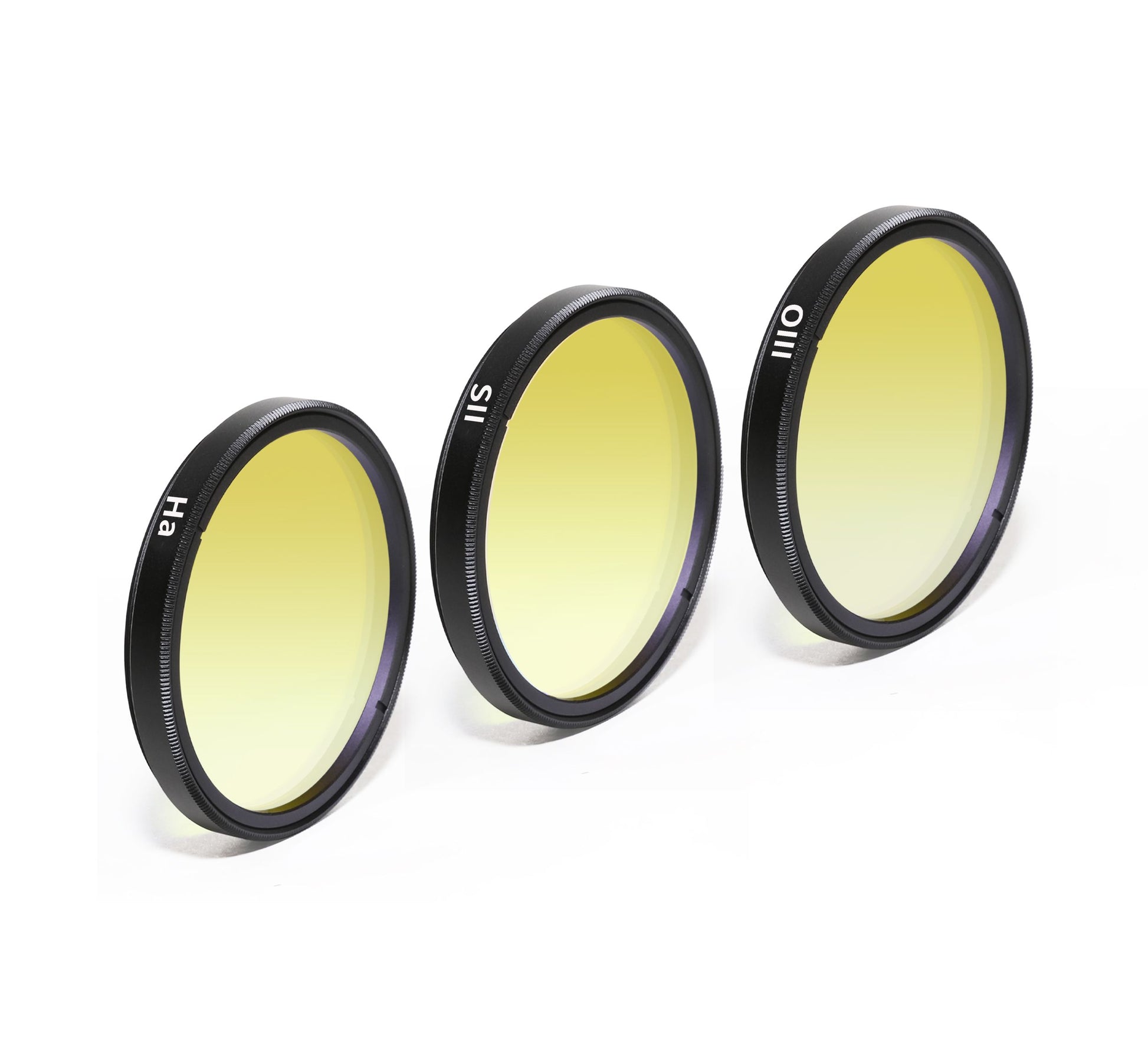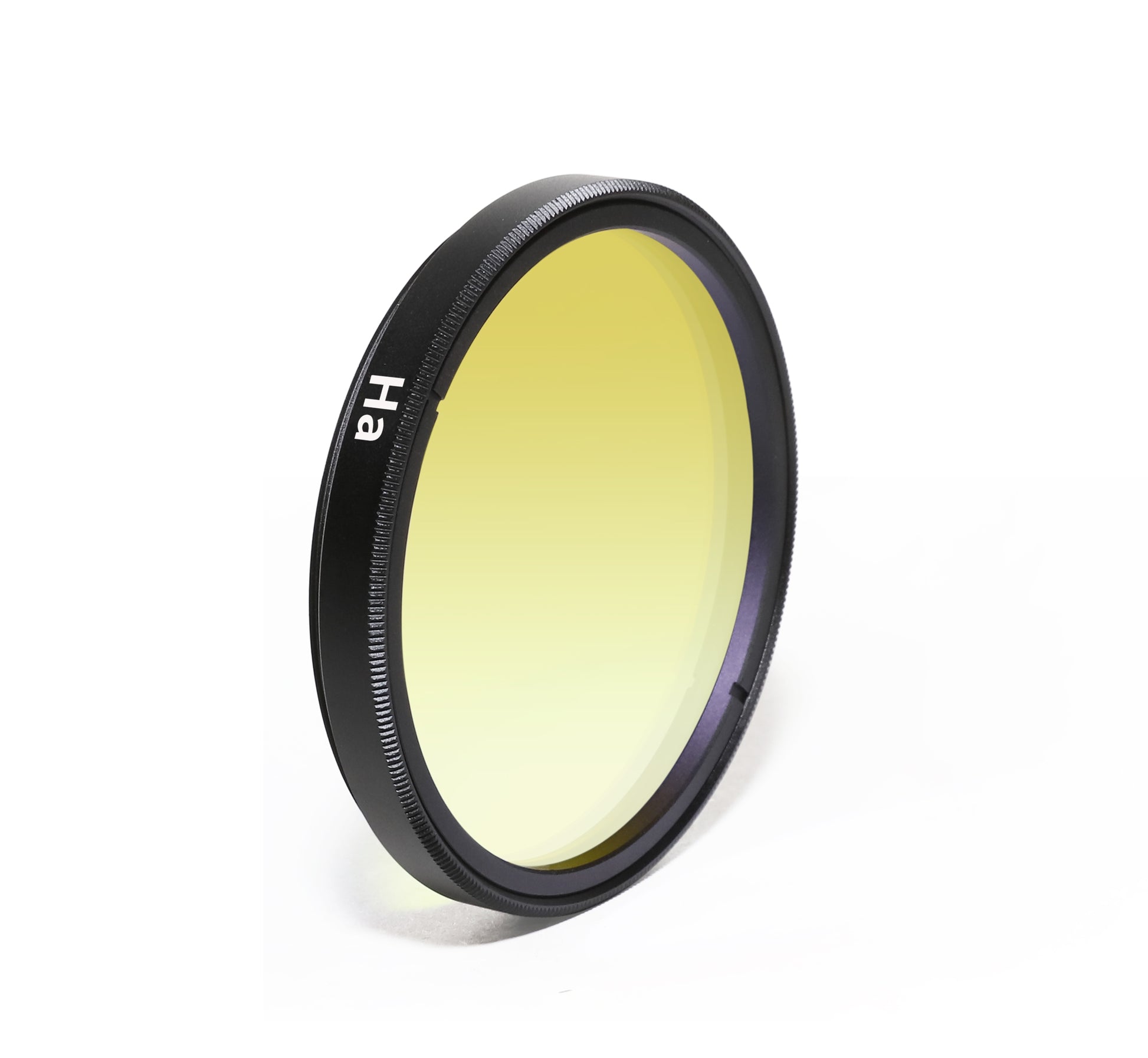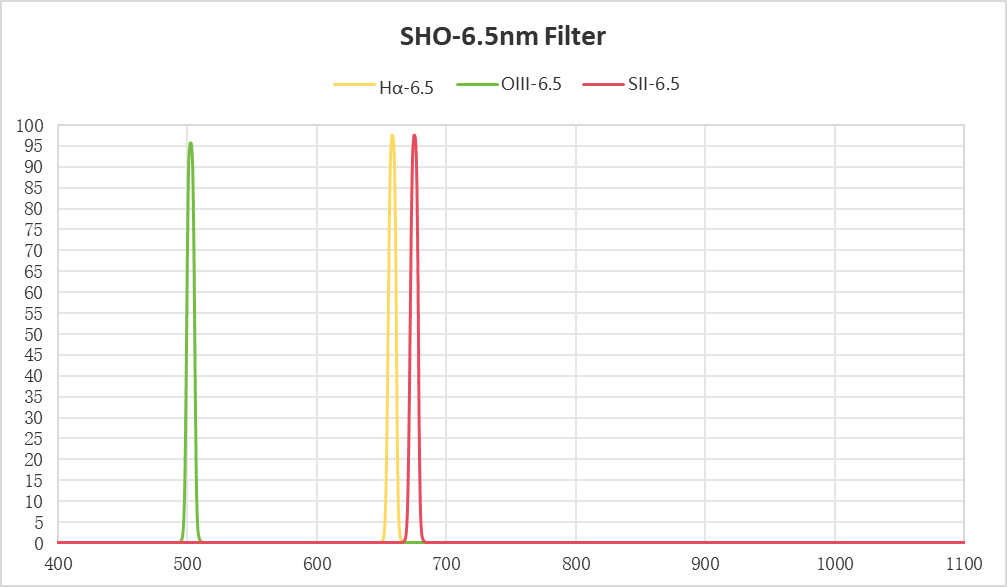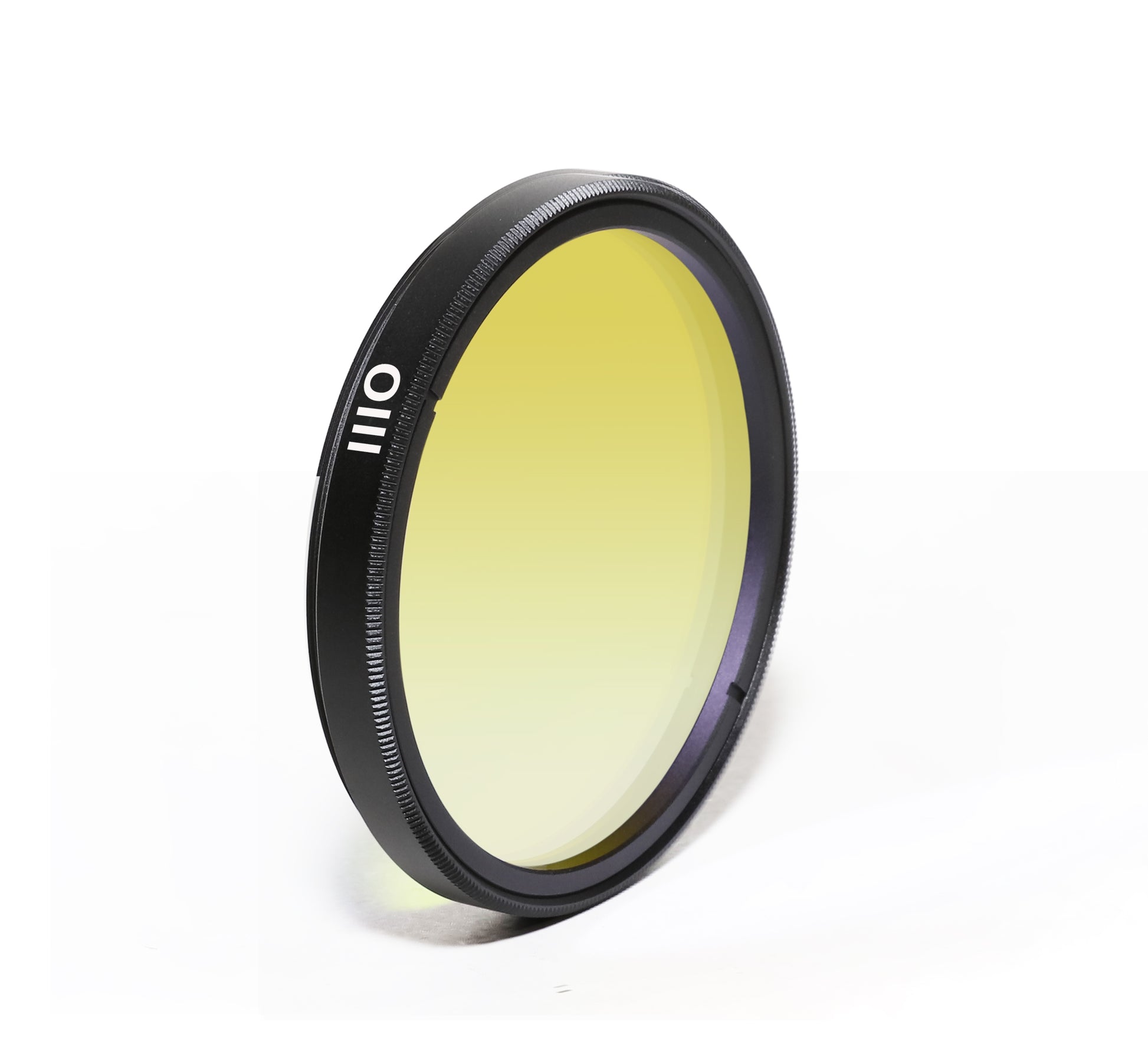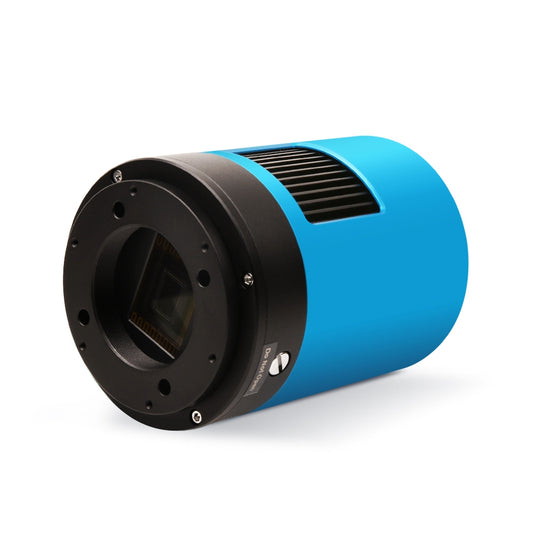
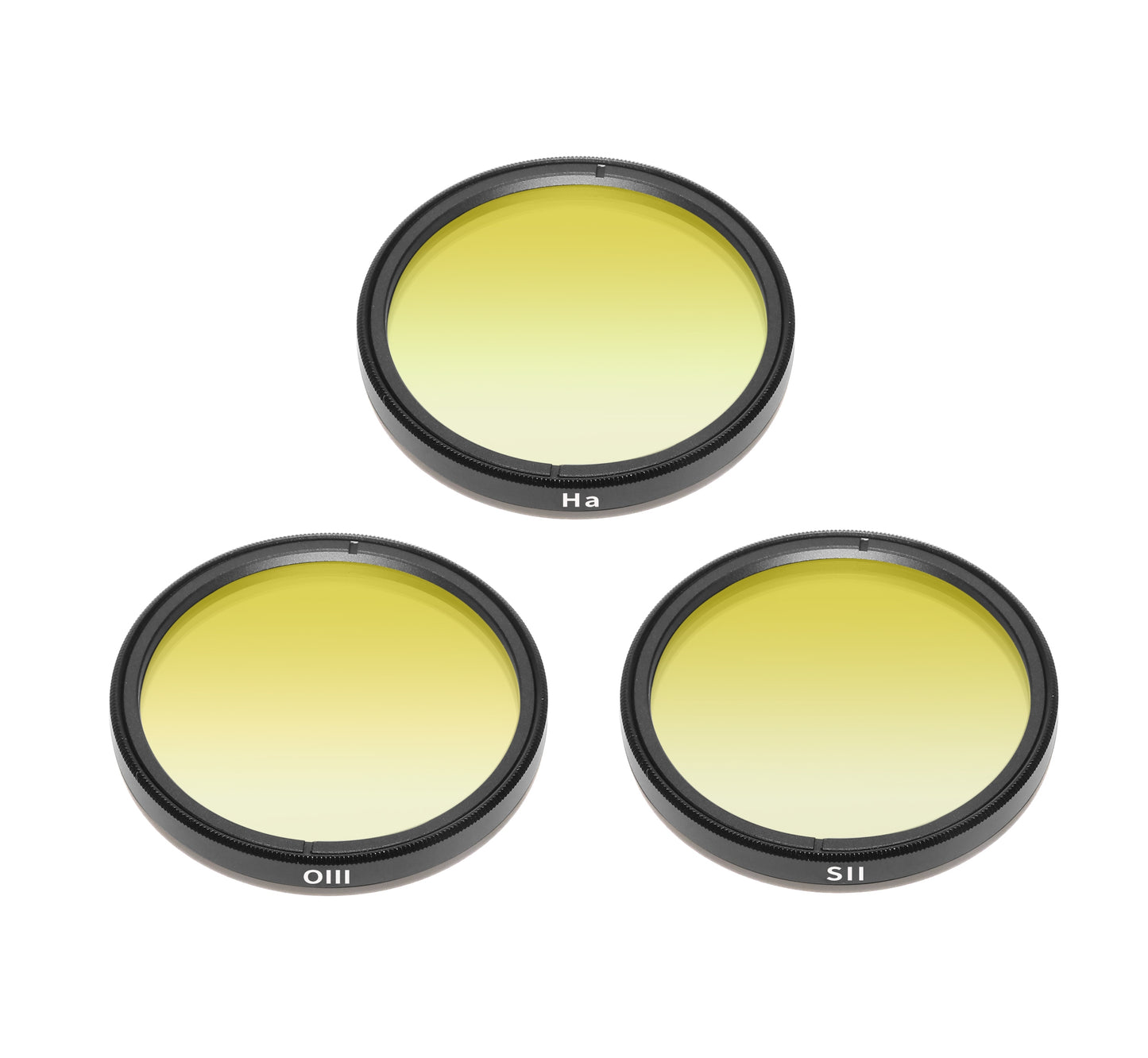
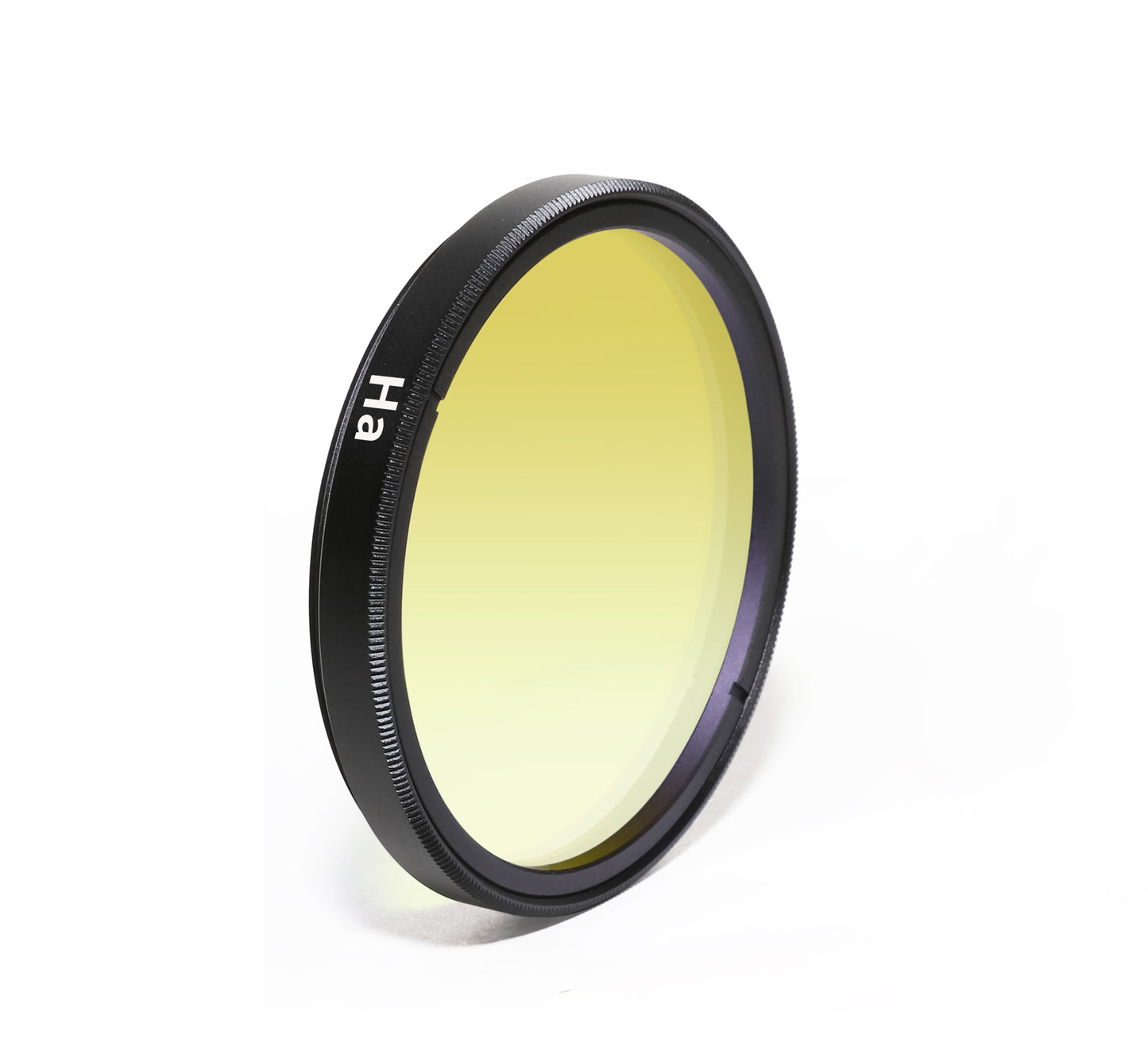


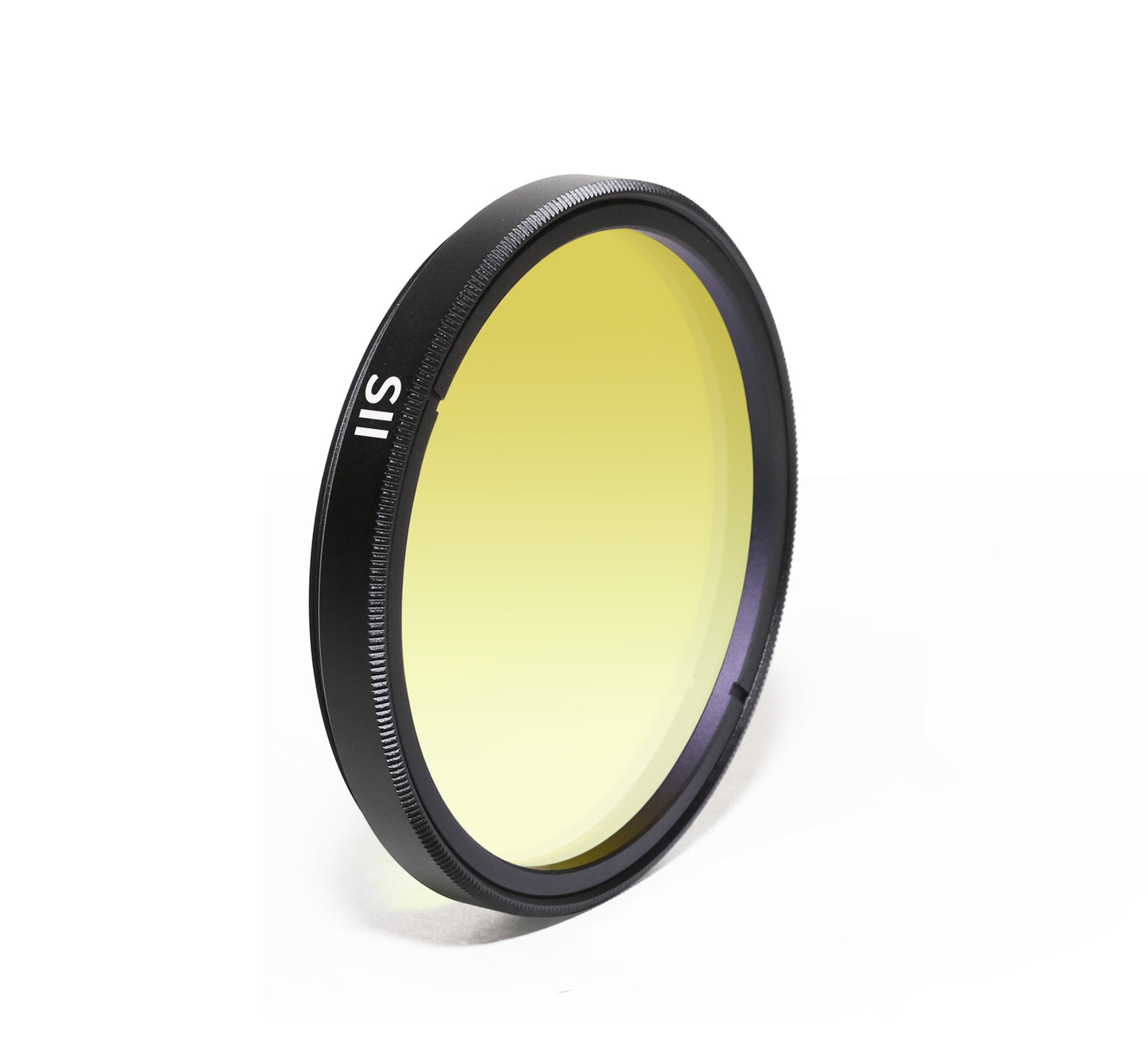
-

 Accept credit cards and PayPal
Accept credit cards and PayPal -

 Complimentary global delivery for purchases exceeding USD 179
Complimentary global delivery for purchases exceeding USD 179 -

 Enjoy a complimentary two-year warranty service
Enjoy a complimentary two-year warranty service -

 Benefit from personalized, one-on-one premium service
Benefit from personalized, one-on-one premium service
ToupTek New narrowband 2inch filter
Narrowband filters make astronomical photography more interesting. Emission nebulae contain rich and complex narrowband emission lines, such as the deep red 656.28nm Hα emission line, the red [SII] (671.6nm and 673.1nm) and the blue-green [OIII] (500.7nm and 495.9nm).
Compared with broadband, narrowband filters only focus on a few very narrow bands, retaining only a few nanometers to a dozen nanometers of bandwidth, which can more accurately and specifically highlight the detailed features of the target in this band.

Work Showcase
H-alpha filter
HCG gain200 300s

SII filter
HCG gain200 300s

OIII filter
HCG gain200 300s

NGC2237
Equipment:
Telescope: BKP150/750+0.85MPCC
Camera: ToupTek Astro ATR2600M
Filters:ToupTek Astro 2inch SHO Filters
Cumulative exposure 7.3h

The latest 2inch HSO filters of ToupTek Astro include Hα filters with a bandwidth of 6.5nm centered at 656.3nm, [SII] and [OIII] filters with a bandwidth of 6.5nm, with center wavelengths of 671.6nm and 500.7nm respectively.
The optical density (OD) value of the filter is as high as 5.0, which can effectively block other interfering light. An optical density (OD) of more than 5.0 means that the filter can weaken the transmitted light to less than 1/10^5 times of the original, improve imaging accuracy, and highlight the faint details of deep-space targets.


In an environment with heavy light pollution, using a combination of narrow-band filters such as [SII], Hα, [OIII], etc. can not only resist a certain degree of light pollution and atmospheric scattering, but also bring new imaging fun in Hubble false color.




ToupTek Astro LRGB SHO filter is flat optically polished and covered with a scratch-resistant coating, which can be cleaned repeatedly. To reduce reflection, the filter is blackened around the edges to effectively block stray light caused by light reflected from the edge of the filter. The low-scattering design of the surface can also block light pollution to a certain extent and reduce interference from artificial light sources and scattering phenomena.

